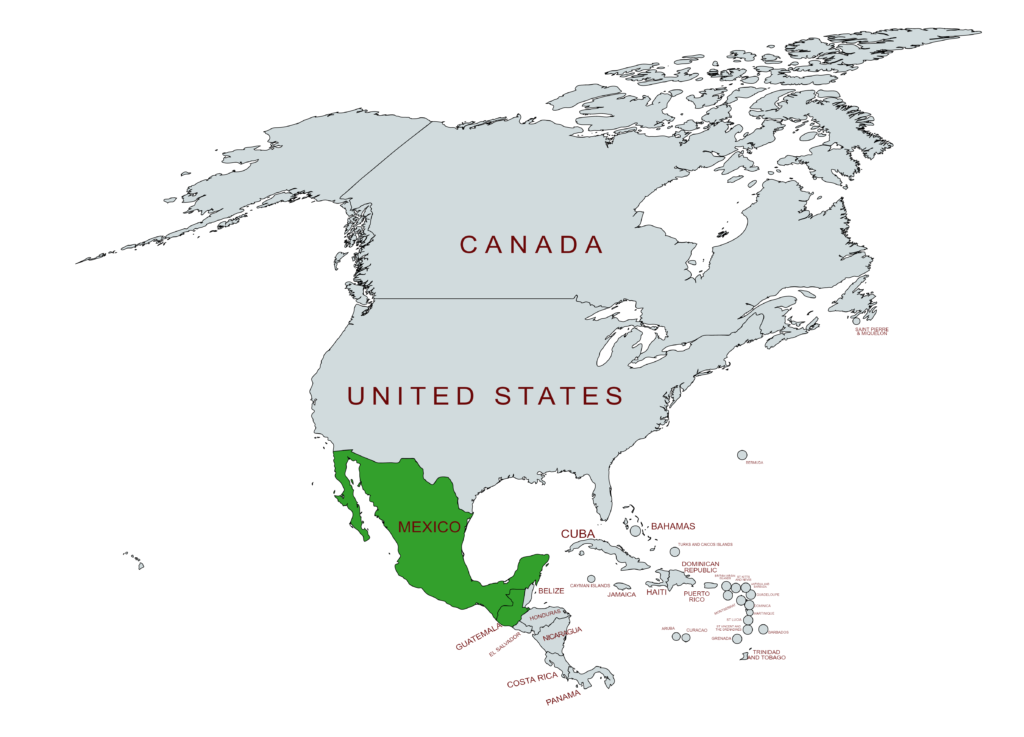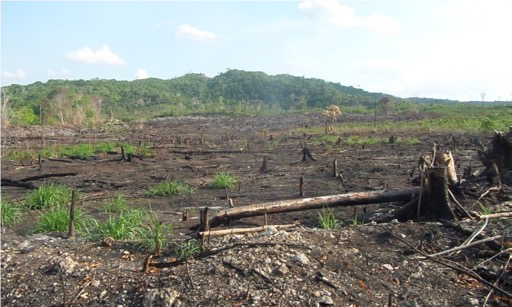Towards sustainable livelihoods across the forest-agricultural interface of the Selva Maya in Mexico and Guatemala

GCRF Funding Cycle
2018-19
Principal Investigator
Rehema White
Schools
Geography & Sustainable Development
The Selva Maya forest of southern Mexico and northern Guatemala is of global importance for biodiversity and ecosystem services, as well as supporting local culture and livelihoods. At the forest-agricultural interface, there have been tensions between indigenous people, local settlers and authorities in the past, with extensive deforestation. In this study, focus groups in three communities close to Calakmul Biosphere Reserve in Mexico revealed declines in agricultural productivity, increased interventionism (often with contradictory goals) and strong links between people and nature. Interviews and surveys highlighted worsening drought, attributed to climate change, causing changes in agricultural practices and attempts to engage in other livelihood strategies.
New policy in Mexico (from January 2019: Sembrando vida) aims for environmental integrity and sustainable agriculture, but we identified practical challenges with its implementation. Guatemalan policies for Community Based Natural Resource Management are struggling under illegal activities and increased fire risk. In future research, we will further map the policy landscape and assess policy implementation. Our theoretical and practical analysis will enable us to offer wider recommendations as Sembrando vida is rolled out across other countries in the region. Supporting smallholder livelihoods is essential for sustainable development in agricultural frontier zones.

